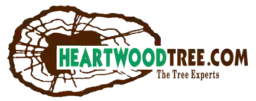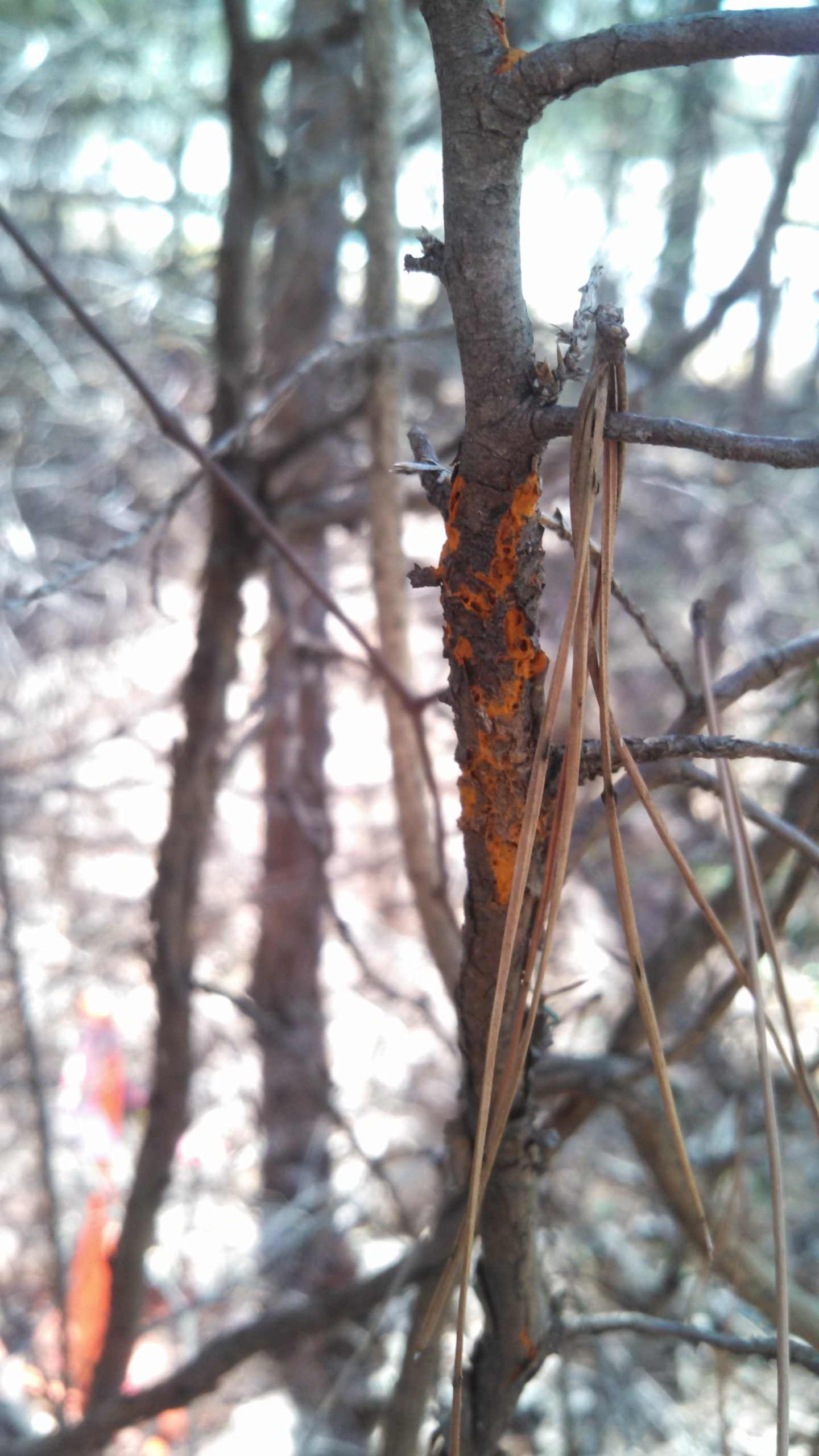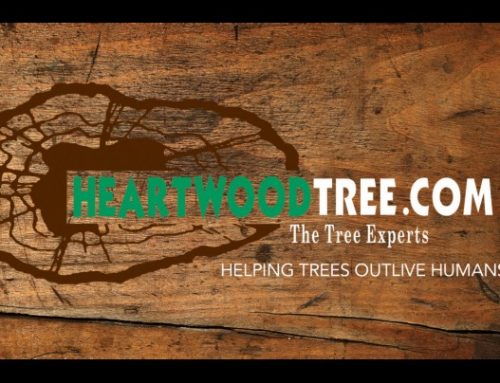Rust diseases are pathogens with an interesting inoculation strategy. These fungal diseases require 2 hosts to complete their lifecycle. The first host are eastern red cedars (actually in the juniper family). In the spring you may notice orange oozing on the branches and foliage of these trees. The spores are then spread to the leaves of the 2nd host, which include apple, hawthorn, pear and quince species.
While the orange goo on the eastern red cedars looks bad, it’s actually the leaf spots formed on the secondary hosts that are the most damaging. These areas of fungal infection can lead to early leaf drop. Repeated years of this can cause a decline in tree health and vigor. Rust diseases are pathogens with an interesting inoculation strategy. These fungal diseases require 2 hosts to complete their lifecycle. The first host are eastern red cedars (actually in the juniper family). In the spring you may notice orange oozing on the branches and foliage of these trees. The spores are then spread to the leaves of the leaves of the 2nd host, which include apple, hawthorn, pear and quince species.
While the orange goo on the eastern red cedars looks bad, it’s actually the leaf spots formed on the secondary hosts that are the most damaging. These areas of fungal infection can lead to early leaf drop. Repeated years of this can cause a decline in tree health and vigor.




